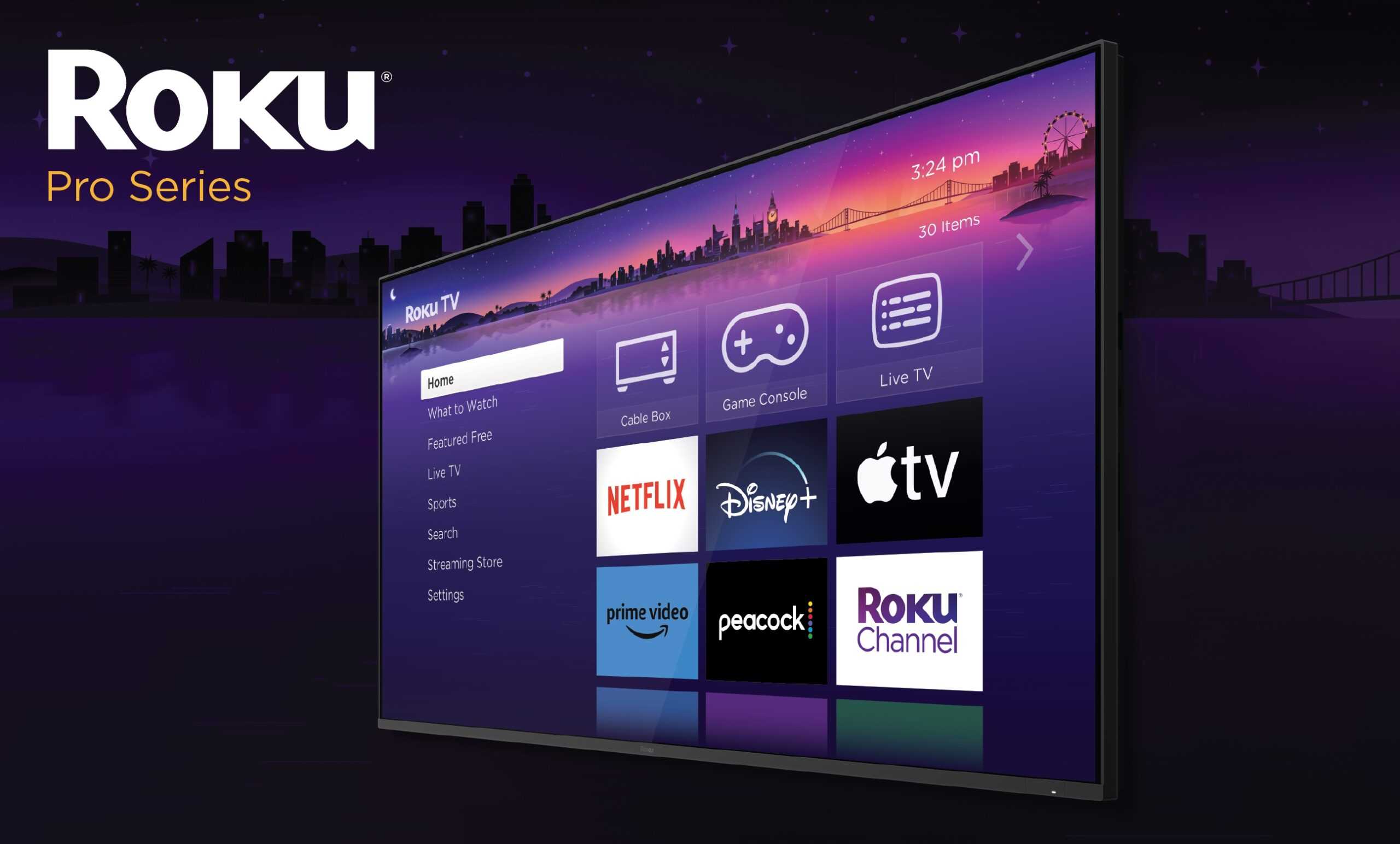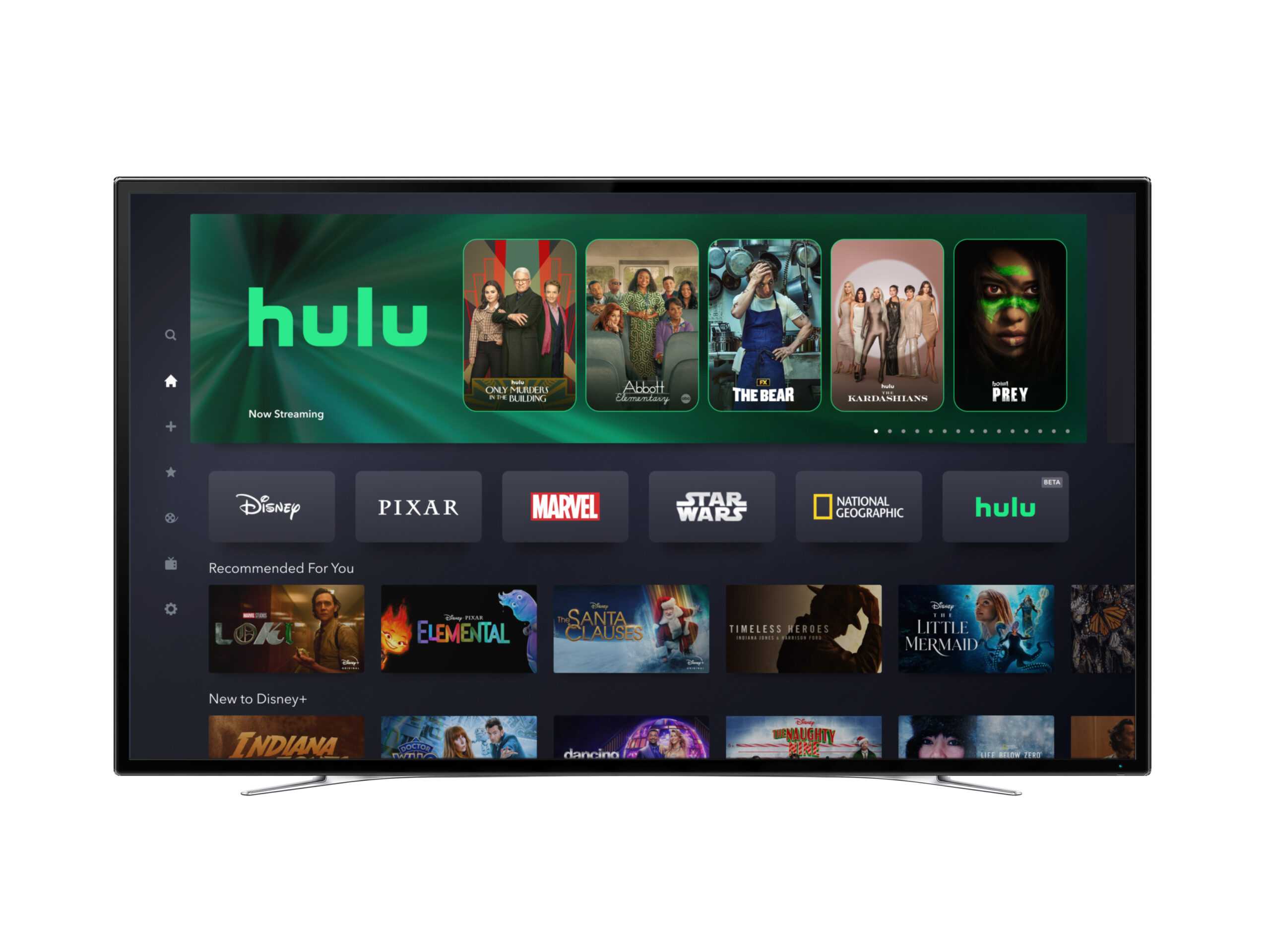The days of subscribing to Netflix as a sole complement to an existing cable or satellite service are numbered. In 2022, there are more streaming video platforms than ever before, and many viewers rely on a combination of several of these to access the popular shows and films they want to watch. According to Interpret’s VideoWatch, over half of US consumers subscribe to three or more streaming services, and a similar number have watched an ad-supported streaming service in the past three months.
With content fragmented across numerous OTT services, it’s easy for consumers to become paralyzed by choice. Frustration can set in for both viewers and OTT platforms who are trying to attract eyeballs. This has opened the door for proactive companies to offer aggregation solutions.
We’ve already seen aggregation solutions implemented in four key ways: 1) content availability (such as WarnerMedia content being consolidated under HBO Max); 2) service adoption (e.g., service bundles like Disney+/Hulu/ESPN+), 3) account management (Amazon Prime or Apple channels), and 4) content discovery (through streaming devices or third parties like Reelgood, JustWatch, and Minnow TV).
At the moment, there is no one-size-fits-all solution, and different viewers will have different needs or entertainment consumption habits to contend with. The market, however, is clearly in need of better aggregation and many of the key stakeholders in the space are experimenting with ideas to see what sticks.
“The various participants in the streaming marketplace are mixing and matching these approaches to find the right alchemy of utility, ease of use, and value that draw the masses,” Brett Sappington, Vice President at Interpret, explained to Fierce Video. “Their success will hinge upon several factors, including the scope/ number of streaming service partners (more is better), their focus on consumer benefits in aggregation, their scalability, and their willingness to share data (which attracts better partners).”
As we look towards the future of aggregation in the OTT market, the aggregation solutions proposed by major entertainment firms, with their premium content and high service adoption, will likely prevail in the near term, especially given a lack of awareness of third-party solutions.







